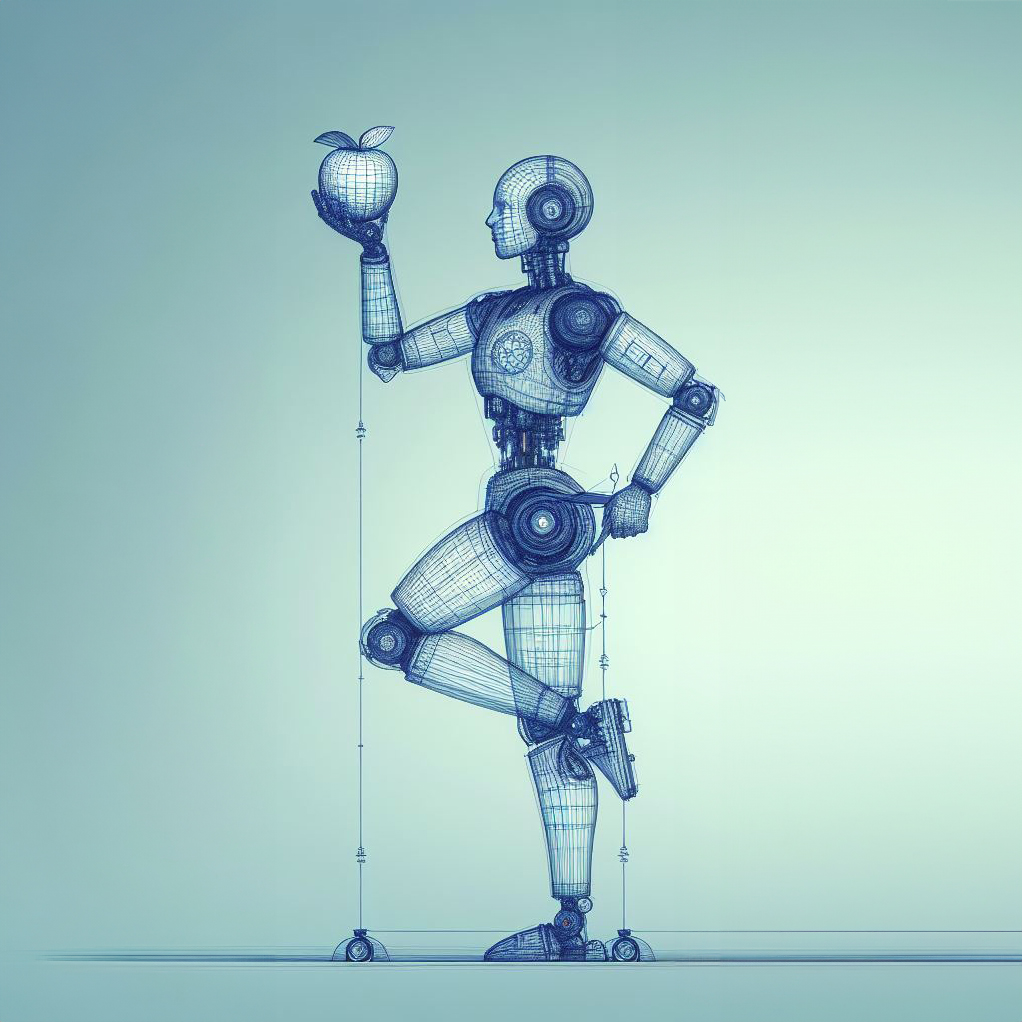Computer Science e Programmazione
Negli ultimi anni le tecnologie digitali sono state promosse come competenze necessarie per tutti i cittadini. Il mondo della formazione si è concentrato principalmente su concetti come il pensiero computazionale, il pensiero algoritmico, la robotica. Il coding è l'attività che sta alla base di tutti questi aspetti. La maggior parte delle agenzie di formazione dei vari Paesi Hanno preso iniziative in merito.Il raggiungimento di competenze per l'impiego di pratiche di coding con modalità pedagogicamente significative è un obiettivo complesso. Il ritmo estremamente veloce dello sviluppo tecnologico e la lentezza inevitabile dell'aggiornamento professionale di un gran numero di insegnanti rendono il compito di formare adeguatamente le nuove generazioni una sfida difficile.Questo corso conceerne l'uso di un linguaggio di programmazione per la scuola facile all'inizio ma potente in prospettiva, nonché di strumenti di software libero per il supporto di altre discipline: principalmente matematica, ma anche arti e grammatica. Vengono forniti sia approfondimenti teorici che esempi pratici sulle prime esperienze di programmazione, elaborazioni matematiche, simulazione del comportamento animale, crescita e frattali, problem-solving fisico. Il corso si rivolge ad una vasta gamma di utenti, dalla scuola primaria al livello di istruzione superiore. Tuttavia sipone sempre in enfasi il file conduttore che collega i diversi livelli di discussione dei vari argomenti affrontati.

